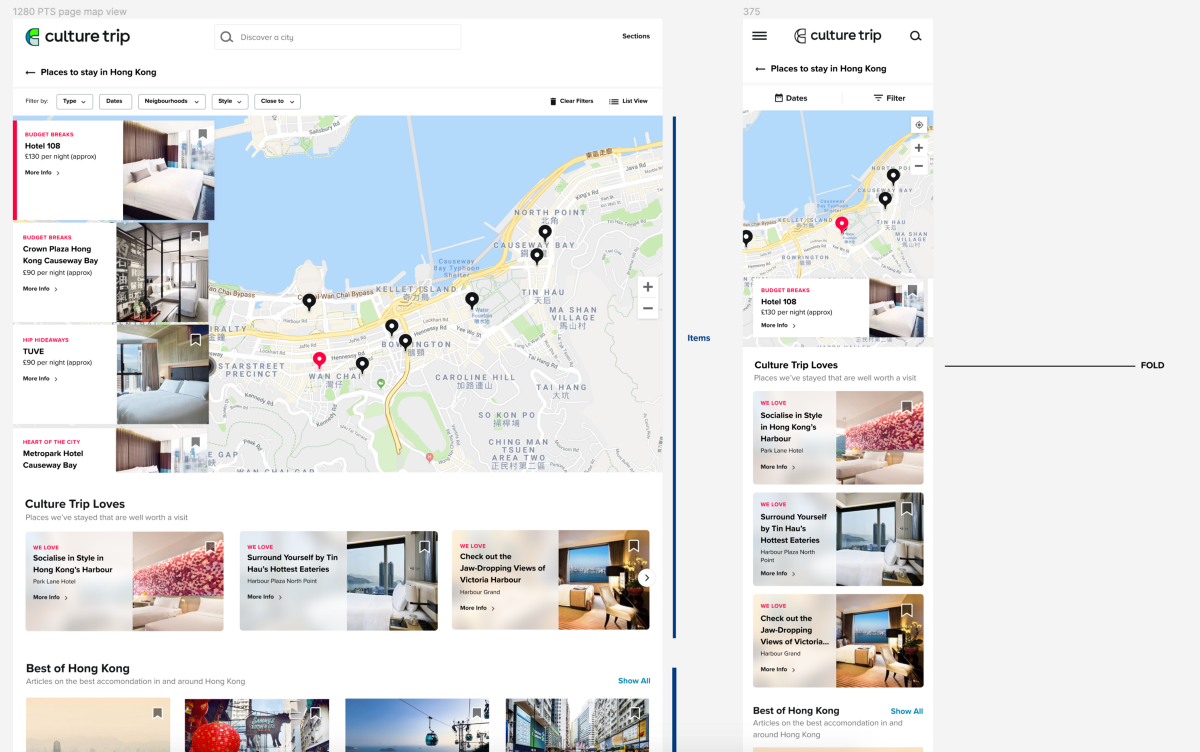If you’re reading this through the lens of a product designer, I’m sure there’ve been times where your stakeholders were itching for you to conjure some spec-ready designs at the drop of a hat. They want to crack on with building the feature/page/concept you’re exploring — and time is money god damn it! However, as every great product-first company knows, a focus on user research should lie at the heart of its decision making (or influence it at the very least). I’m lucky enough to work for one which values this practice immensely.
However, user research is only valuable if you ask the right questions. I’ve put my blood, sweat and creative tears into a prototype, written a discussion guide, given the whole thing a 50th check, and am quite frankly ready to press launch and head to the pub. It’s at this point I’ve missed one vital step in the process, which can be easy to overlook — piloting.
Simply put, ‘piloting’ means giving your user research a test spin with a couple of people who aren’t closely associated with the project before you launch it into the wild. It follows the same principles as proof-reading that all important essay before you hand it in, or running a test episode of a TV show to see if it has any interest. So why is piloting user research important? Well, the answer is threefold…
1 Never underestimate a fresh pair of peepers
Sometimes you get so engrossed in the project you’ve been working on that you miss glaringly obvious mistakes. We all do it, we’re human beings. At this point, having someone who is completely removed from what you’ve been working on can really help you iron out those naughty little spelling mistakes that seem to have creeped into your discussion guide, or point out ‘you don’t spell ‘as’ with two ‘s’s, Kelly 😳’. You want your user research to be formatted in the most professional way possible, as after all, it is reflective of your brand.
The same applies when you’ve structured the flow of your discussion guide. It might make complete sense to you whilst you’re stitching it together, but after watching a couple of pilot users navigate around your prototype, observing the way somebody else is using this may give you some fresh ideas to format the study in a new way.
2 You’ll consider things you’d never previously thought about
Around this time last year, I was tasked with the job of redesigning the ‘Places to Stay’ page on Culture Trip’s website. It wasn’t meeting any user needs in its current state. A lot of prior user research had gone into the types of information users would like to see on the page to help them find the accommodation of their dreams. Surprise surprise, a map was one of them. We also wanted to showcase some editorially selected hotels on the page.
